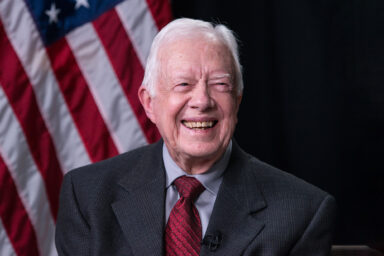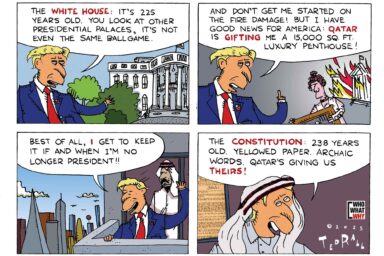Cuts in the US Postal Service could have an impact on voting by mail, but that’s not the only obstacle to making certain that absentee ballots get counted.

As Congress debates cuts to the economically troubled US Postal Service, proponents of voting by mail will need to navigate through a series of other obstacles if they want to cast absentee ballots.
The controversy surrounding the leadership of Postmaster General Louis DeJoy, who is accused of disrupting the mail by instituting cuts in overtime, removing hundreds of traditional blue mailboxes, and taking mail sorting machines offline, has been countered by Republican accusations that the Democrats are politicizing the Postal Service by spreading misinformation ahead of a contentious election.
With attention focused on the US Postal Service, it is easy to forget that questions about the viability of absentee voting existed before the reliability of US mail delivery was called into question. One concern is that thousands of voters will be casting an absentee ballot for the first time and inadvertent mistakes could disenfranchise many voters.
Several states require that voters place their ballots inside an envelope that is placed inside a second envelope before it is returned. In New York, voters were concerned that their votes might not be counted because they were not sure that they had filled out the ballots and mailed them correctly.
Hundreds of thousands of absentee ballots were rejected in at least 23 states during the 2020 primary elections. In many cases, the ballots were rejected because of a failure to sign the ballot with a signature that was an “exact match” with the signature filed when the voter initially registered.
The problem with demanding a signature on the ballot which is an “exact match” is that not everyone signs a document the same way every time. A discrepancy as small as a missing hyphen or extra space can be enough to disqualify a ballot. If a voter included a middle name or initial when they registered to vote and forgot to include that on their absentee ballot, that could also cause their ballot to be discarded.
Witness signature requirements have also come under scrutiny in recent months. Older Americans and individuals with preexisting conditions have raised concerns about having to interact with others in order to cast a mail-in ballot as the United States continues to battle the coronavirus. In Wisconsin, voters must include the signature of a witness and the witness’s address on their ballot. That requirement was temporarily halted by a federal court, but an appeals ruling reinstated the requirement before the state’s April 7 primary election.
Several lawsuits have already tried to address these concerns, and even more lawsuits are expected to be filed as the election nears. In Virginia, absentee voters were usually required to have a witness or notary signature on their ballot. A consortium of voting-rights groups filed a federal lawsuit in Virginia earlier this year to allow mail-in ballots to be sent without a witness signature for the November election. The court approved an agreement to waive this requirement on Friday.
“Voting is essential to our democracy and should be safe and easy to do, even in a pandemic,” Eden Heilman, legal director for the ACLU of Virginia, said. “Getting rid of the witness requirement is a simple way to keep absentee voters safe without sacrificing the safety of our election.”
Under pressure from the House Oversight Committee at a hearing Monday, DeJoy said the Postal Service will prioritize election mail and treat it as first-class. He also urged voters to start thinking about requesting their mail-in ballot early, at least 15 days before November 3.
Now, voters are racing the clock to request and return their absentee ballots in advance of the November election. Many of them, however, will have to also navigate a process that is completely new to them. They will need to ensure that they follow each step carefully — or risk not having their vote counted.
Related front page panorama photo credit: Adapted by WhoWhatWhy from Colette Cassinelli / Flickr (CC BY-NC 2.0).


